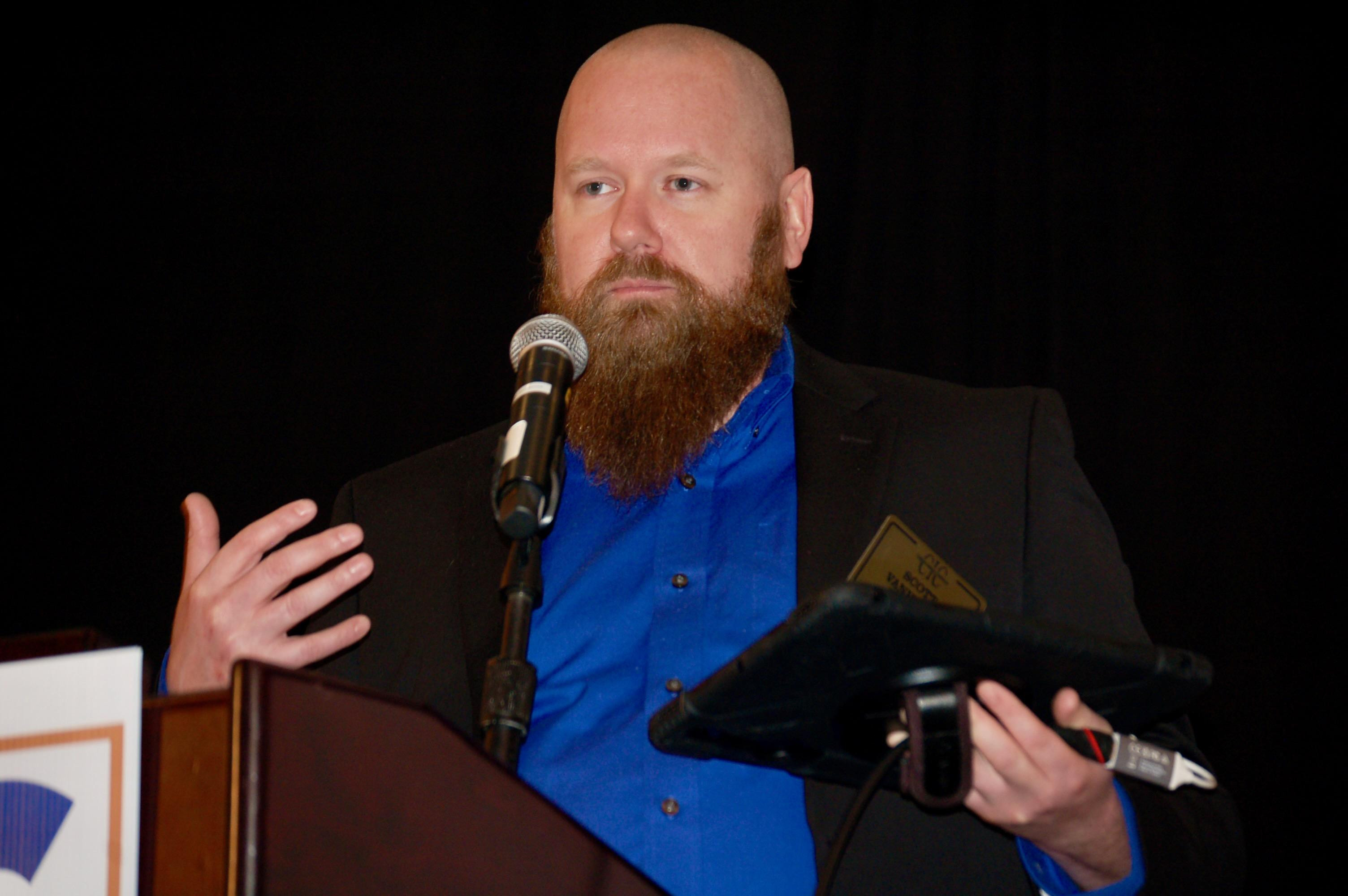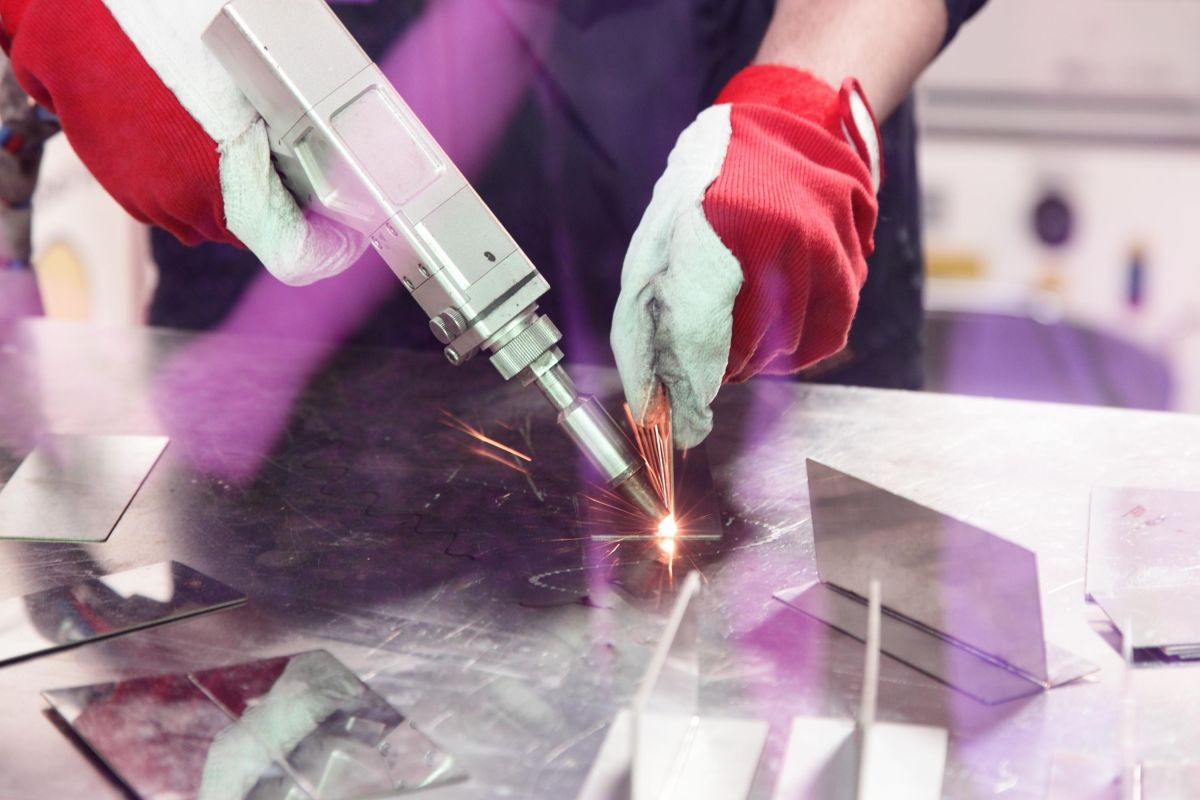Scott VanHulle, manager of I-CAR’s Repairability Technical Support and OEM Technical Relations, thinks the type of laser welding automakers use in assembly factories may make its way into collision repair shops and could be “a game changer” in the industry. One reason: improved affordability of the equipment.
“A lot of this equipment has finally come down [in price] to be basically on par with a lot of the traditional [welding] equipment we have now, where not too many years ago it would’ve been double or triple what that equipment is today,” VanHulle said in a presentation on the technology at the Collision Industry Conference (CIC) held in Seattle.
Benefits of Using Laser Welders in Collision Repair
 I-CAR’s Scott VanHulle.
I-CAR’s Scott VanHulle.
Unlike traditional welding, which uses electrons to heat the material, laser welding involves photons, he said.
“You’re using mirrors and lenses to focus that laser beam into an extremely small, tight area,” VanHulle said. “It’s an intense heat in that area, but it’s an extremely small area. And it can pretty much weld everything: steel, stainless steel, aluminum, copper, brass, nickel alloys, dissimilar metals, even different kinds of plastic. There is even some talk about certain kinds of ceramics that can be laser welded.”
Because it doesn’t require a filler wire, it doesn’t introduce different alloys into the weld. The speed and very small heat effect zone are two of other advantages of laser welding.
“And you only need one-sided access,” Van Hulle said. “So if we had a quarter panel, where normally we’d have to plug weld it because we don’t have access, now all of a sudden we could basically do something similar to what the factory did, like a spot weld, despite only having one-sided access.”
Potential Challenges and Hazards
VanHulle, however, also pointed to some of the potential challenges with laser welding. If a technician drops a MIG welding gun, swapping out a contact tip isn’t a big expense, VanHulle said.
“With laser welding, that gun that looks like a traditional MIG welding gun has mirrors and lenses in it that can get smudged or damaged. It’s not a quick swap out of a contact tip,” he said. “You’ve kind of damaged a very expensive part of that tool.”
Laser welding also involves some of the same kinds of hazards as traditional welding, including fumes. The personal protection equipment required may look similar, VanHulle said, but a different type of welding helmet is required.
“The laser can penetrate a traditional welding helmet, can actually get through it,” he said. “So if you’re welding and you’re getting reflection off of something, it could actually burn a hole in the helmet.”
Specialty safety glasses are needed as well to protect from more than just sparks and debris.
“If the laser reflects off something and it hits your eye, it’s not like welders flash that feels like you have sand behind your eyes but will eventually get better,” he said. “This does permanent, irreversible damage to your eyes if you’re not wearing safety glasses that are rated for it.”
That’s one of the reasons when laser welding is done during the vehicle manufacturing process, the car moves into an area that is then closed off during welding so no one is potentially exposed.
“We may have to have something like the aluminum clean rooms if we’re laser welding, that can be locked off so other staff can’t walk into that area,” VanHulle said.
These challenges aside, VanHulle said, the laser welding process has a “substantially lower” learning curve with fewer possible user errors.
“I’m not saying we’re going to start laser welding tomorrow,” VanHulle said. “But it’s something we’re definitely going to have to keep an eye on in the coming years.”













John Yoswick